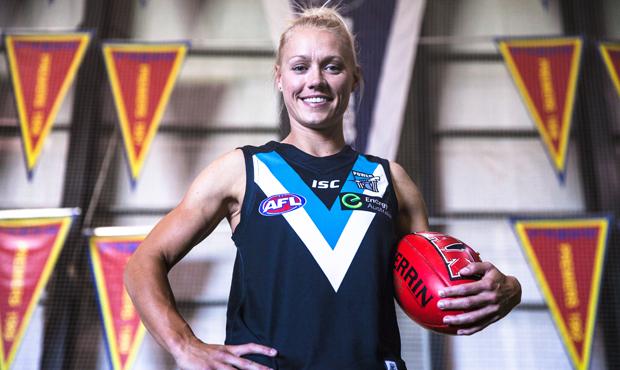I recently curated an exhibition of craft work at the South West Community Centre. It was great to exhibit the work of Adelaide based artists; Mekeda Duong, nonna reckless, Brooke Haba and Robyn Finlay. The exhibition opened on June 13th 2013 and it was a very happy moment to see people come out and support the exhibition.
I really wanted to do it because after writing my thesis by research, there was still this desire in me to show contemporary craft work. As part of the publicity for the exhibition I was interviewed by a local radio arts show, in which the focus of the interview was on how the work is made and isn't craft 'old-fashioned'. I kind of expected the second question, however I still always get surprised by the first. There is so much interest in the
how of making and therein lies the contention with this second question. These handicraft skills would not have been so difficult to imagine being made a generation ago. As the general skills of knitting, crochet, embroidery are no longer in the skill-set of most there comes an amazement that people have actually
made these objects.
Below is the exhibition statement:
Craft and work
fit hand in glove. Time spent learning how to knit or crochet, time spent
making for the self, or somebody else. The
labour of (hand) crafts is usually a labour of love. A jumper knitted to keep
someone warm or the sharing between generations of skills and technique.
The feminist
history of craft as told in the seminal book ‘The Subversive Stitch’ by Rozsika
Parker, traced the thread of women’s making. From making out of necessity to
subversion within the stitches. Contemporary craft; guerrilla knitting and
‘craftivism’ carries the continuation of this history. Weaved into the thread
are the political and personal stories and messages of the artist as record of the
times.
Mekeda Duong’s
work in this exhibition ‘Textiles has got the chop!’ is a sharp comment on the
closure of university textiles departments and points to the continual
low-status of handicrafts. The pink acrylic yarn and inherent softness and warmth
of the yarn belies the dangerous intent of the axe falling down on the teaching
of textiles. Her embroidered cushion, with it’s popular cultural saying ‘Bitch
Please’, uses the technique of knitting as a twist on the stereotypical
stitched sampler messages like ‘Home Sweet Home’. The phrase is often used as a
marker of increduality in another’s words.
nonna reckless
works in the form of street art and guerilla knitting. Her work is made to be
part of the streetscape and ephemeral like graffiti. However, in this context
the yarn provides a stability to the graffiti inspired work and has the
opportunity to become lasting. The large knitted and crocheted cloak which was
made to keep the statute of Queen Victoria warm, was part ‘Trojan Horse’ with
it’s coded messages weaved into the design. The work ‘Homage to Peter Drew’
takes the widely recognizable smiling
pixel face and re-interprets in yarn. Crocheting has given extra warmth to the
spraypaint. The piece in the street is hard to touch, however this piece is tactile
and seems made for touching. By knitting and crocheting the names of Adelaide
graffiti artists and pieces, the history of this ephemeral practice can be
recorded via the stitch and memorialise the anonymous street artists.
Brooke Haba has
used hammer, nails and string to weave the words ‘Ashes/Dust’. Unlike the
softer, knitted work in the exhibition, this piece is pointed. The words as
reminder of our mortal selves. ‘Bees’ is an example of exemplary technique used
to crochet anthropomorphic insects. The soft shapes in pastel colours make
these bees more like a childhood toy of
comfort, rather than a buzzing swarm with the potential to sting.
Robyn Finlay uses
familiar domestic materials in unconventional contexts. Just the thought of
human hair off the head has the ability to cause revulsion. However this work
is delicate and tiny, associations with an object of tenderness. In other work
the humble tea bag has been given an upcylce. From something which would be
used once and thrown away, to an object with permanence, and yet an ethereal
ghost-like quality.
As our lives
become increasingly dependent on the new technologie and the lure of the glass
screen; textiles and crafting offer ways for a reconnection with a tactile
experience. Crafting does not mean a negation of technology or speed, as
blogging and social media have presented new modes for collaboration and
sharing of skills. The history of textiles as a means of making for others,
recording memories, making political statements and the labour of time, love
and technqiue is continual in the work of these artists in this exhibition.
Melissa Connor,
June 2013
The Messenger also wrote about the exhibition here







